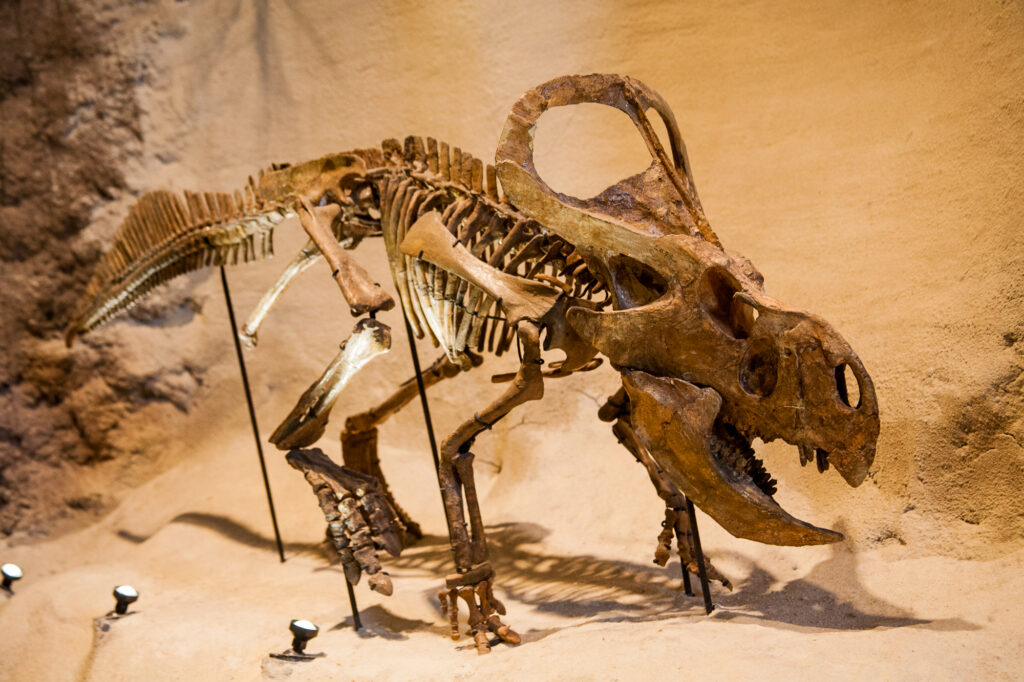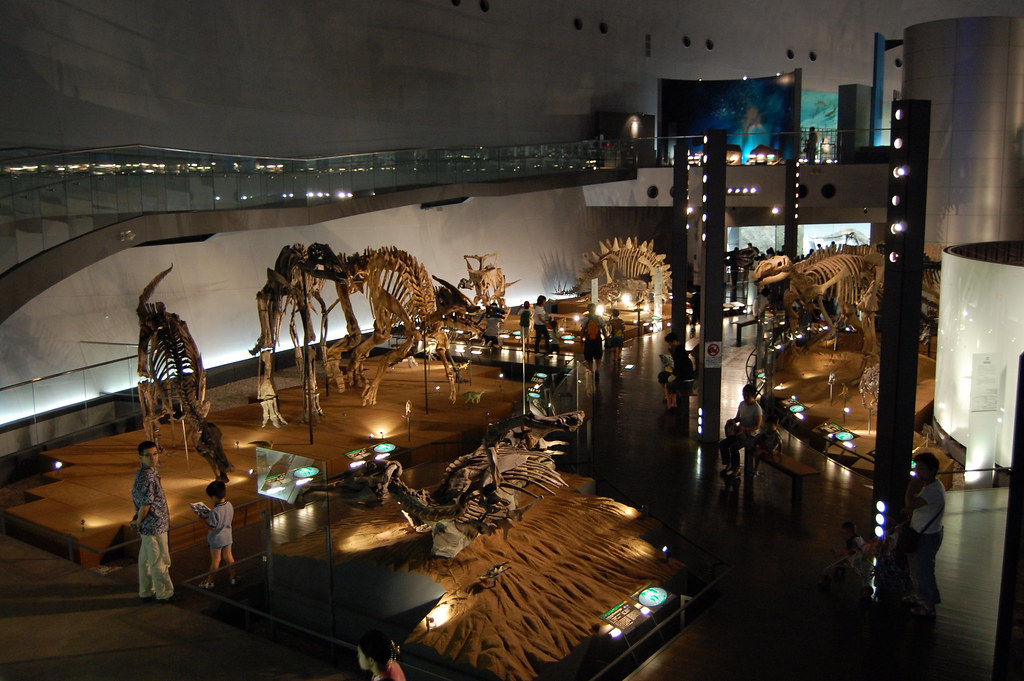Nothronychus, meaning “sloth claw,” represents one of paleontology’s most fascinating discoveries from the American Southwest. This unusual therizinosaur dinosaur, unearthed in New Mexico’s Zuni Basin, has dramatically altered our understanding of dinosaur evolution and distribution. With its pot-bellied appearance, bizarre scythe-like claws, and herbivorous diet, Nothronychus stands as a remarkable example of evolutionary adaptation. First discovered in the late 1990s and officially named in 2001, this Late Cretaceous creature provides crucial evidence about dinosaur migration across prehistoric North America and offers insights into how meat-eating dinosaur lineages could evolve into plant eaters. Join us as we explore this remarkable prehistoric creature that once roamed what is now New Mexico approximately 90 million years ago.
Discovery and Naming of Nothronychus
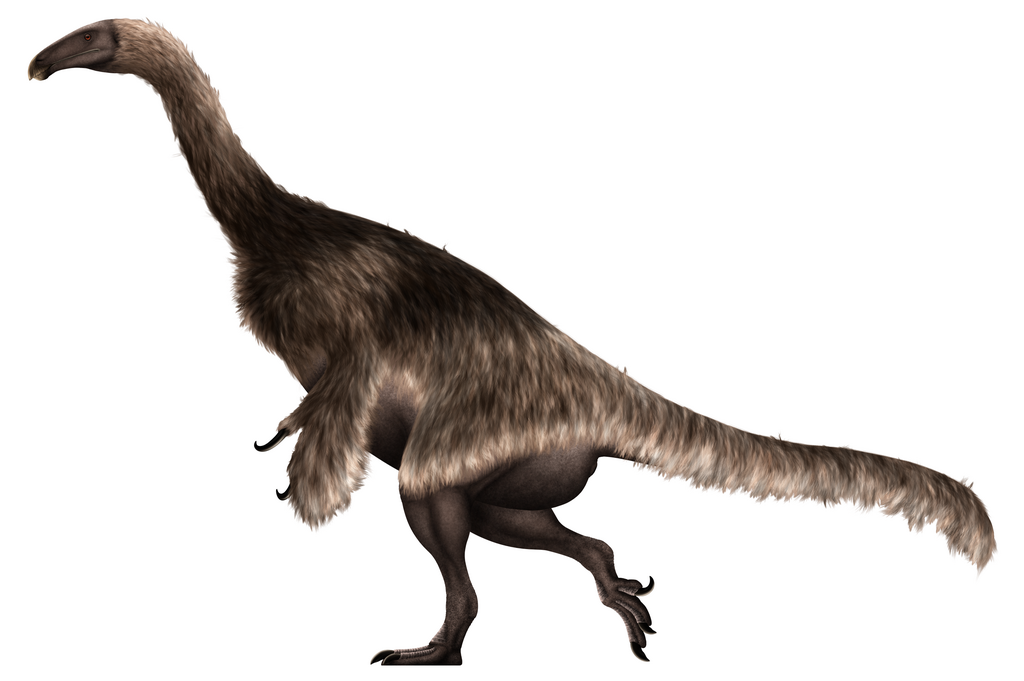
The first Nothronychus remains were discovered in 1998 in the Zuni Basin of New Mexico by paleontologist James Kirkland and his team. This groundbreaking find represented the first complete therizinosaur skeleton discovered in North America, causing significant excitement in the paleontological community. The genus name “Nothronychus” derives from Greek roots meaning “sloth claw,” a reference to its large, curved hand claws that resembled those of modern tree sloths. The type species, Nothronychus mckinleyi, was named after the McKinley County where it was discovered. A second species, Nothronychus graffami, was later identified from Utah, further expanding our understanding of this unusual dinosaur group’s range across the American Southwest.
Evolutionary Significance
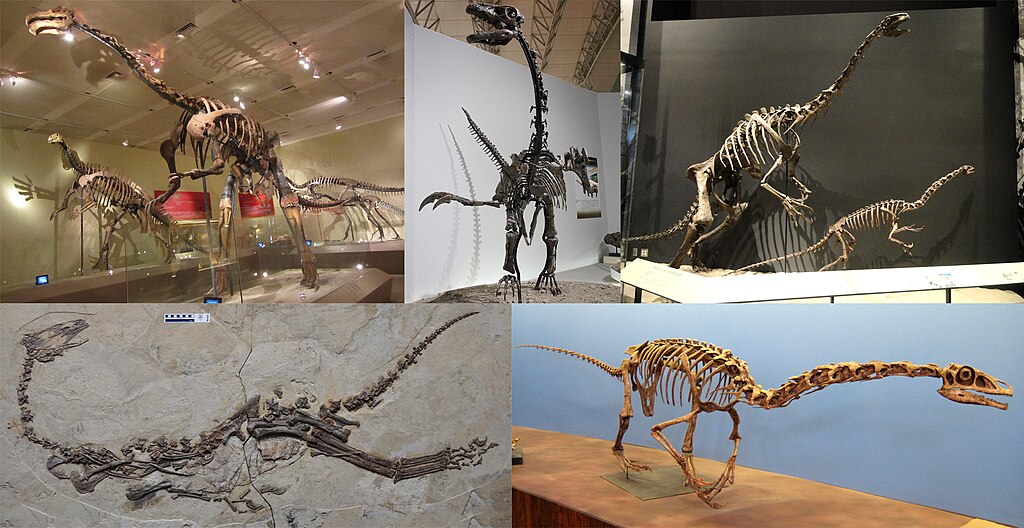
Nothronychus belongs to the therizinosaur family, a group of theropod dinosaurs that evolved from carnivorous ancestors but adopted herbivorous lifestyles. This evolutionary transition makes them particularly significant to scientists studying dinosaur adaptations and dietary shifts. Prior to the discovery of Nothronychus, therizinosaurs were primarily known from Asia, making this New Mexican find crucial evidence that these unusual dinosaurs had spread to North America during the Cretaceous period. The discovery challenged previous assumptions about dinosaur geographic distribution and continental connections during the Late Cretaceous. Nothronychus represents a remarkable example of convergent evolution, where carnivorous dinosaurs independently evolved plant-eating adaptations similar to those seen in other herbivorous dinosaur lineages but through different evolutionary pathways.
Physical Characteristics
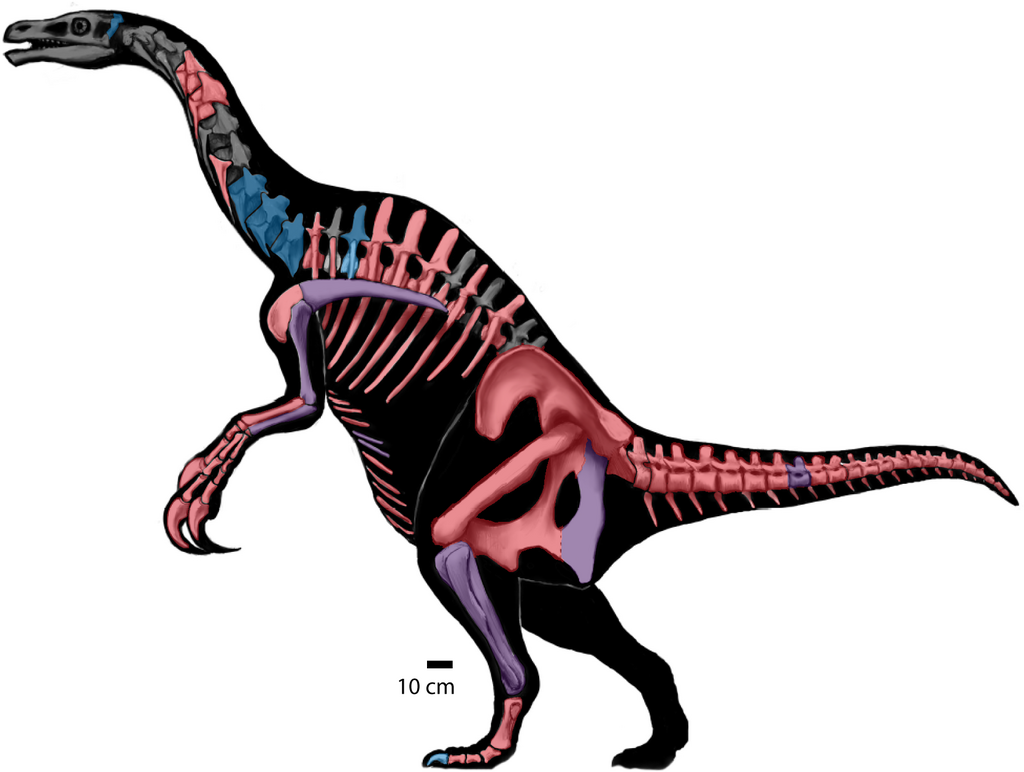
Nothronychus was a bizarre-looking dinosaur that stood approximately 10-13 feet (3-4 meters) tall and measured about 15-20 feet (4.5-6 meters) in length. Unlike its sleek carnivorous relatives, Nothronychus had a rotund body with a large, pot-bellied appearance that likely contained an enlarged digestive tract for processing plant material. Its neck was moderately long, supporting a relatively small head with a beaked mouth adapted for cropping vegetation. The dinosaur’s arms were elongated and possessed three extraordinarily long claws on each hand, measuring up to a foot in length, which likely served multiple functions from defense to gathering plants. Nothronychus walked on two legs but had a more upright posture than typical theropods, with wide hips and a counterbalancing tail that helped support its unusual body shape.
The Formidable Scythe-Like Claws

The most distinctive feature of Nothronychus was undoubtedly its massive hand claws, which have been the subject of considerable scientific interest and speculation. These curved, scythe-like claws could reach up to 12 inches (30 cm) in length, making them some of the largest hand claws of any dinosaur relative to body size. Unlike the killing claws of predatory dinosaurs, Nothronychus’s claws were likely multi-purpose tools used primarily for pulling down branches, stripping foliage, and possibly for defense against predators. The unique shape and orientation of these claws allowed for significant leverage when pulling vegetation toward its mouth. Some paleontologists also suggest these impressive claws may have served a social display function, perhaps being particularly prominent in males or used in competition for mates, though this remains speculative without more fossil evidence of sexual dimorphism.
Diet and Feeding Habits
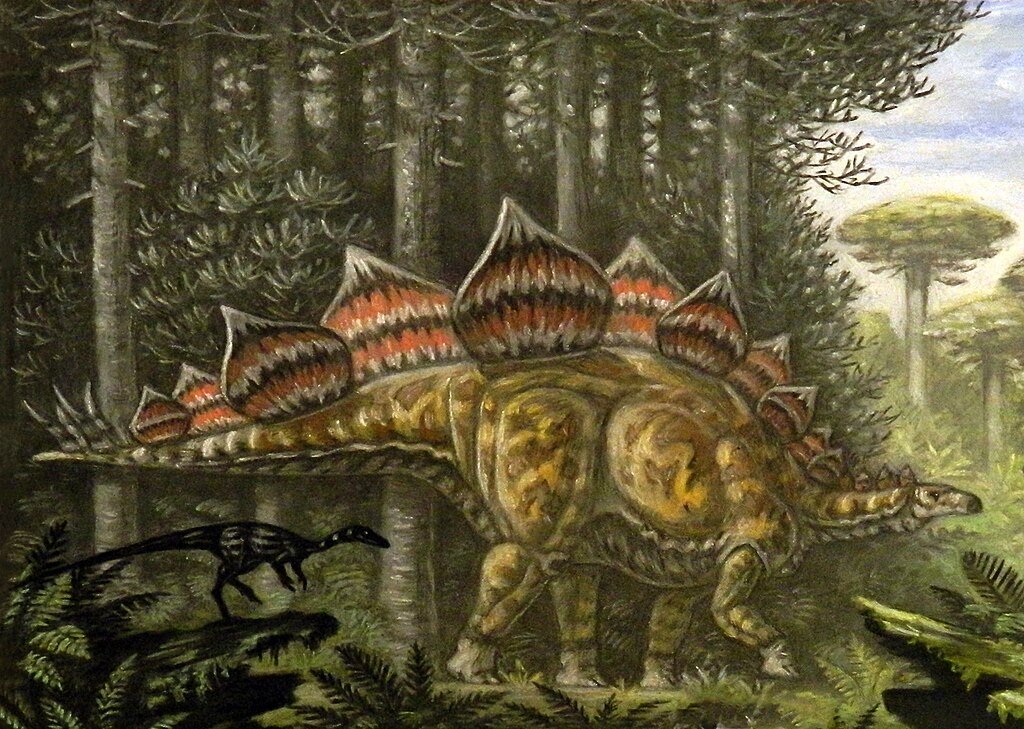
Despite being part of the theropod lineage (traditionally meat-eaters), Nothronychus had evolved into a dedicated herbivore with specialized adaptations for consuming tough plant material. Analysis of its skull and dental structures reveals small, leaf-shaped teeth ideal for processing vegetation rather than tearing flesh. The dinosaur likely fed primarily on conifers, cycads, ferns, and possibly early flowering plants that were becoming more common during the Late Cretaceous period. Its expanded gut cavity would have housed specialized bacteria to break down tough plant fibers through fermentation, similar to modern herbivores. The long arms and massive claws would have been perfect for reaching high into the canopy to pull down branches or dig up roots and tubers. Evidence suggests Nothronychus may have been particularly fond of prehistoric cactus-like plants that grew in its semi-arid environment, using its formidable claws to safely handle these spiny vegetables.
Habitat and Environment
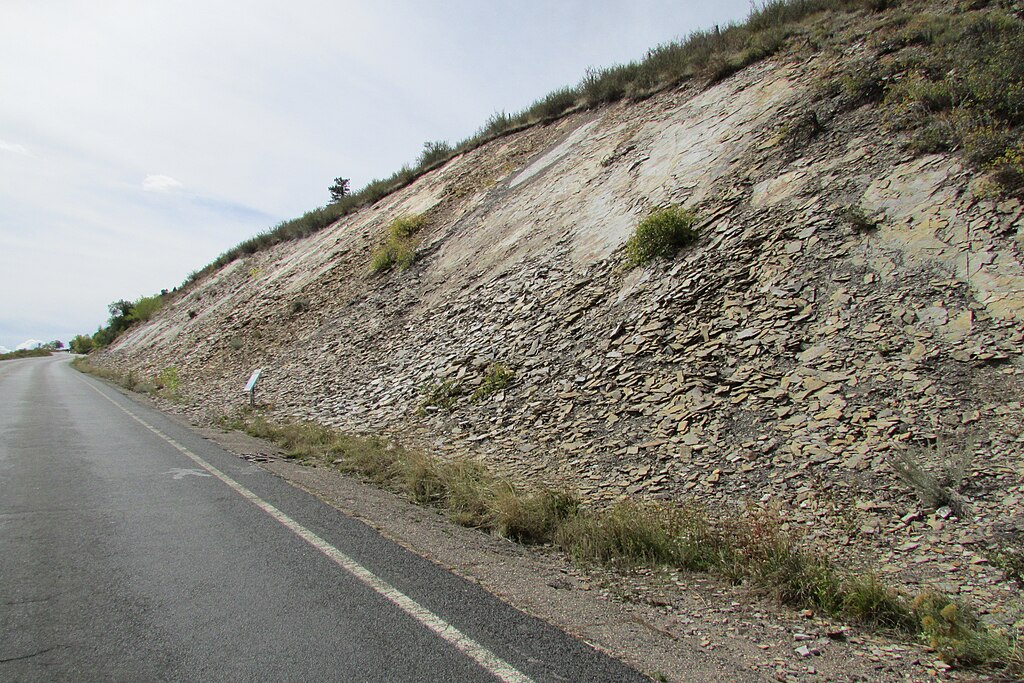
During the Late Cretaceous period approximately 90 million years ago, the area now known as New Mexico looked drastically different than today’s arid landscape. Nothronychus inhabited a coastal floodplain environment along the western shore of the Western Interior Seaway, a massive inland sea that divided North America. The climate was warm and humid, with seasonal variations creating a mosaic of environments from coastal swamps to inland forests and savannas. Fossil evidence suggests Nothronychus preferred upland areas with diverse vegetation including conifers, ginkgos, cycads, and early flowering plants. The Zuni Basin where Nothronychus was discovered preserves evidence of ancient rivers, floodplains, and deltas that would have provided rich plant resources for these herbivorous dinosaurs. Interestingly, the sediments where Nothronychus remains were found indicate that this particular individual may have died near a coastal area and was washed out to sea, explaining its unusual preservation in marine sediments.
Social Behavior and Reproduction

While direct evidence of Nothronychus social behavior remains limited, paleontologists can make educated inferences based on related therizinosaurs and other theropod dinosaurs. Many scientists believe Nothronychus likely lived in small family groups or loosely associated herds, providing protection from predators through safety in numbers. As herbivores, they would not have needed to maintain exclusive hunting territories like carnivorous dinosaurs. Regarding reproduction, Nothronychus likely laid eggs like all known dinosaurs, possibly in ground nests that were guarded by parents. The reproductive strategy probably involved producing multiple eggs in a clutch to ensure survival of at least some offspring. Young Nothronychus individuals would have been vulnerable to predation and likely developed quickly, reaching adult size within several years. Some paleontologists speculate that juvenile Nothronychus might have had different diets or habitats than adults, perhaps being more omnivorous before developing full herbivorous adaptations.
Defensive Strategies
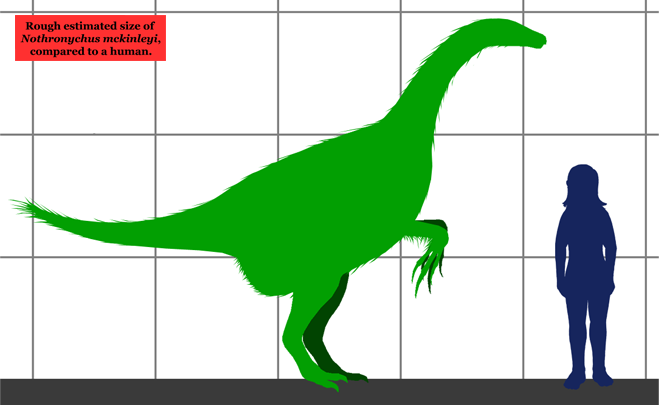
Despite its herbivorous lifestyle, Nothronychus was far from defenseless against the formidable predators of Cretaceous New Mexico. Its massive claws served as potent defensive weapons that could deliver devastating slashing blows to any would-be attacker. At 10-13 feet tall, an adult Nothronychus would have been an imposing figure capable of intimidating many smaller predators. The dinosaur’s relatively upright posture would have allowed it to appear even larger when threatened, possibly raising its arms to display its impressive claws in a defensive posture similar to modern bears. Additionally, its wide hips and sturdy legs suggest Nothronychus was reasonably mobile despite its bulky frame, potentially capable of quick, defensive movements when necessary. Living in groups would have provided another layer of protection, with multiple individuals using their formidable claws to defend against even large predators like tyrannosaurs and dromaeosaurs that shared their ecosystem.
Comparison to Other Therizinosaurs

Nothronychus represents one of the most complete therizinosaur specimens found in North America, allowing for detailed comparisons with Asian relatives like Therizinosaurus and Erlikosaurus. Compared to the enormous Therizinosaurus from Mongolia, which may have reached lengths of 30 feet, Nothronychus was more modestly sized at 15-20 feet long. The New Mexican dinosaur’s claws, while impressive, were proportionally smaller than those of its Asian cousin Therizinosaurus, which possessed the longest claws of any known animal at up to 3 feet in length. Nothronychus shows several anatomical features that place it in an intermediate evolutionary position between earlier, more carnivore-like therizinosaurs and the most specialized herbivorous forms. Its skeleton reveals a unique combination of primitive and derived features that help paleontologists understand how these unusual dinosaurs evolved across different continents. The discovery of two Nothronychus species (N. mckinleyi and N. graffami) provides valuable information about the diversity of North American therizinosaurs.
Paleobiological Significance
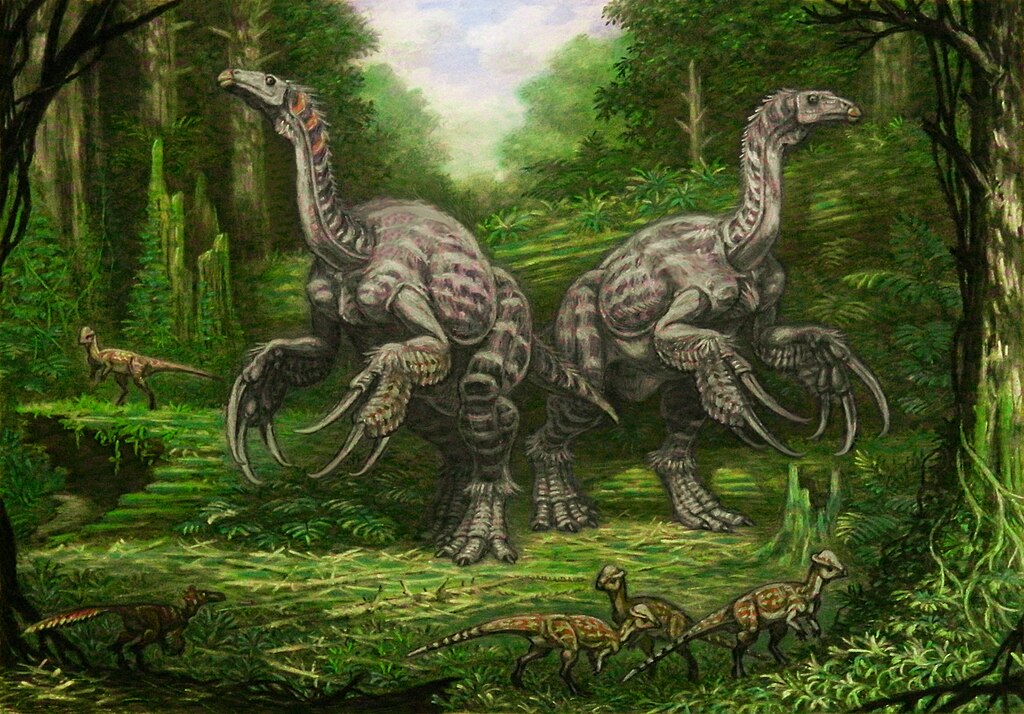
The discovery of Nothronychus in New Mexico dramatically altered scientific understanding of dinosaur evolution and biogeography. Prior to this find, therizinosaurs were considered exclusively Asian dinosaurs, making Nothronychus crucial evidence for dinosaur migration between Asia and North America during the Cretaceous period. This supported theories about periodic land bridges connecting the continents, allowing fauna to disperse between them. Beyond its geographical significance, Nothronychus provides one of the most compelling examples of how dramatically a dinosaur lineage could evolve new dietary adaptations. Descended from carnivorous ancestors, Nothronychus had completely transformed into a specialized herbivore, demonstrating the remarkable evolutionary plasticity of theropod dinosaurs. The preservation of near-complete skeletons allows researchers to study muscle attachments, body proportions, and biomechanics in detail, making Nothronychus one of the most thoroughly understood therizinosaurs and a valuable reference point for interpreting more fragmentary specimens.
Scientific Research and Excavation
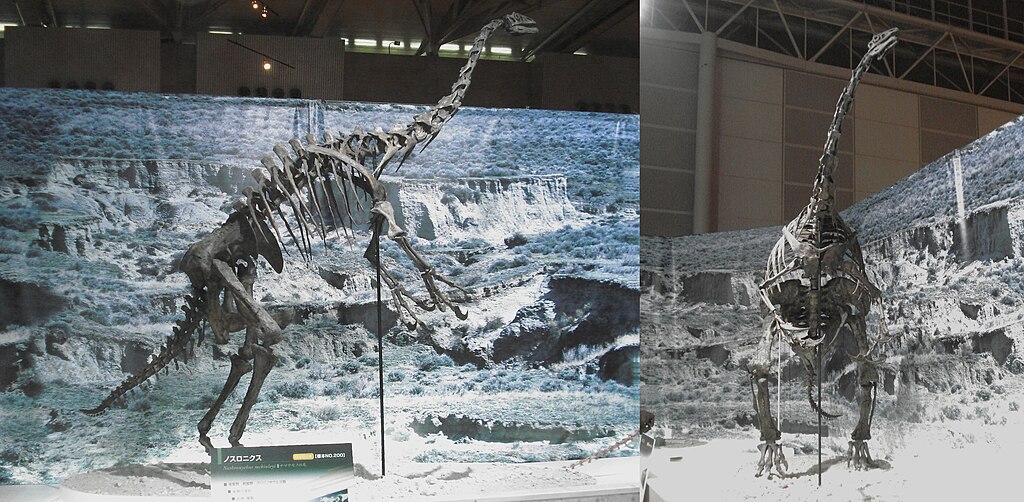
The excavation of Nothronychus represents a triumph of modern paleontological methods and interdisciplinary collaboration. When first discovered in 1998, the excavation team led by James Kirkland faced the challenge of removing fossilized bones from extremely hard sandstone while working in the remote Zuni Basin of New Mexico. The field work spanned multiple seasons, requiring careful documentation of each bone’s position and orientation to understand the taphonomy—how the animal died and became fossilized. Laboratory preparation involved thousands of hours of meticulous work using specialized tools to free the bones from surrounding rock without damaging the precious fossils. Subsequent scientific analysis has included CT scanning of certain elements, detailed anatomical comparisons with other theropods, and biomechanical studies to understand how Nothronychus moved and used its unusual adaptations. The research continues today as new analytical techniques allow paleontologists to extract more information from these remarkable fossils, including potential soft tissue evidence and isotope studies that might reveal details about diet and habitat.
Cultural Impact and Public Display

Since its discovery, Nothronychus has captured public imagination as one of the most bizarre-looking dinosaurs ever found. The striking combination of pot belly, upright posture, and enormous claws makes it visually distinctive and memorable compared to more familiar dinosaurs. Museum exhibits featuring Nothronychus, including those at the Arizona Museum of Natural History and the Museum of Northern Arizona, have become popular attractions that highlight the diversity of prehistoric life. The dinosaur has appeared in several documentary series about prehistoric life, helping to educate audiences about the complex evolutionary history of theropod dinosaurs. As a uniquely American dinosaur discovery, Nothronychus has particular significance for southwestern paleontology, highlighting the rich fossil heritage of New Mexico and surrounding states. Educational programs often use Nothronychus as an example of how scientific understanding evolves with new discoveries, demonstrating how a single fossil find can dramatically change our picture of ancient ecosystems.
Extinction and Legacy
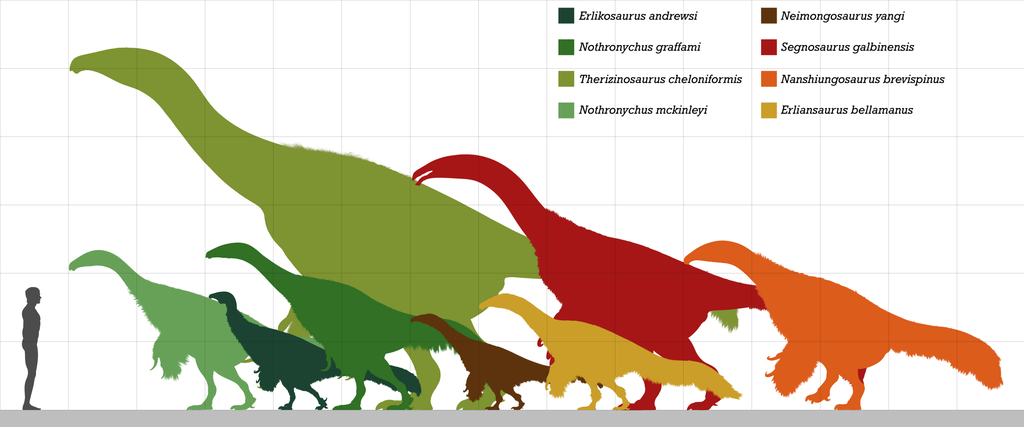
Nothronychus and other therizinosaurs disappeared during the Late Cretaceous period, well before the mass extinction event that eliminated all non-avian dinosaurs 66 million years ago. The reasons for their earlier decline remain debated, but may involve competition with other herbivorous dinosaur groups or climate changes affecting their preferred plant foods. Despite their extinction, therizinosaurs like Nothronychus left an important evolutionary legacy as one of nature’s most remarkable examples of dietary adaptation. Their unusual combination of features demonstrates how dramatically body plans can evolve when selective pressures favor new lifestyles. Modern paleontological techniques continue to extract new information from Nothronychus fossils, with recent studies examining growth patterns, sensory capabilities, and potential evidence for feather covering in these unusual dinosaurs. The continued study of Nothronychus helps scientists better understand how ecosystems functioned during the Late Cretaceous and provides valuable insights into evolutionary processes that shape life on Earth over millions of years.
The discovery of Nothronychus in New Mexico stands as one of the most significant paleontological finds from the American Southwest, fundamentally altering our understanding of dinosaur evolution and distribution. This bizarre therizinosaur, with its pot-bellied frame and impressive scythe-like claws, represents a remarkable example of how a lineage of meat-eating dinosaurs transformed into specialized plant eaters. From its unique physical adaptations to its surprising presence in North America, Nothronychus continues to provide valuable scientific insights more than two decades after its initial discovery. As research techniques advance, this fascinating dinosaur will undoubtedly continue to yield new information about life during the Late Cretaceous period, cementing its place as one of paleontology’s most important and unusual specimens. Nothronychus reminds us that the prehistoric world was filled with creatures far more diverse and surprising than we might imagine, with evolutionary pathways that challenge our understanding of how life adapts and changes over deep time.

